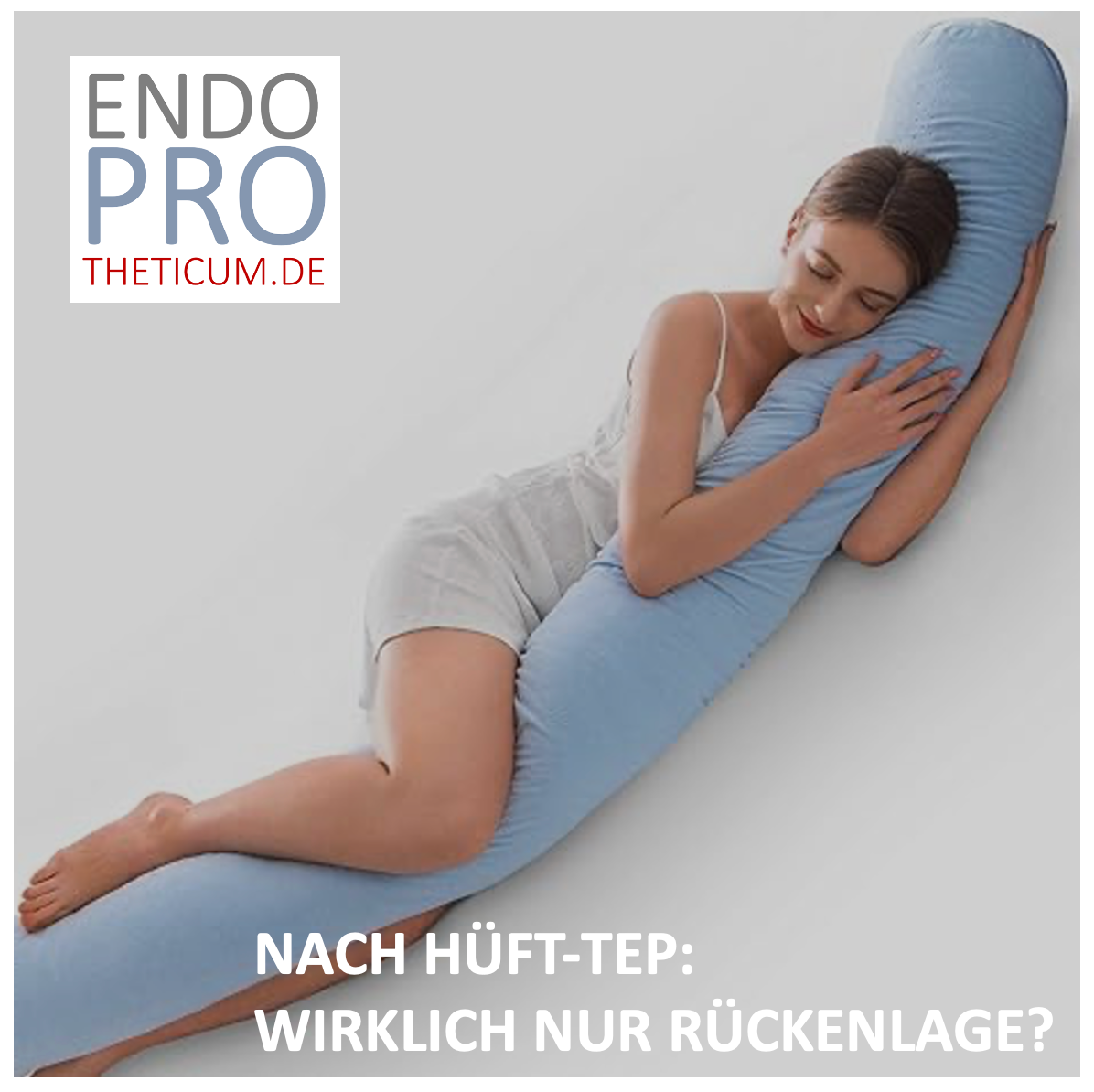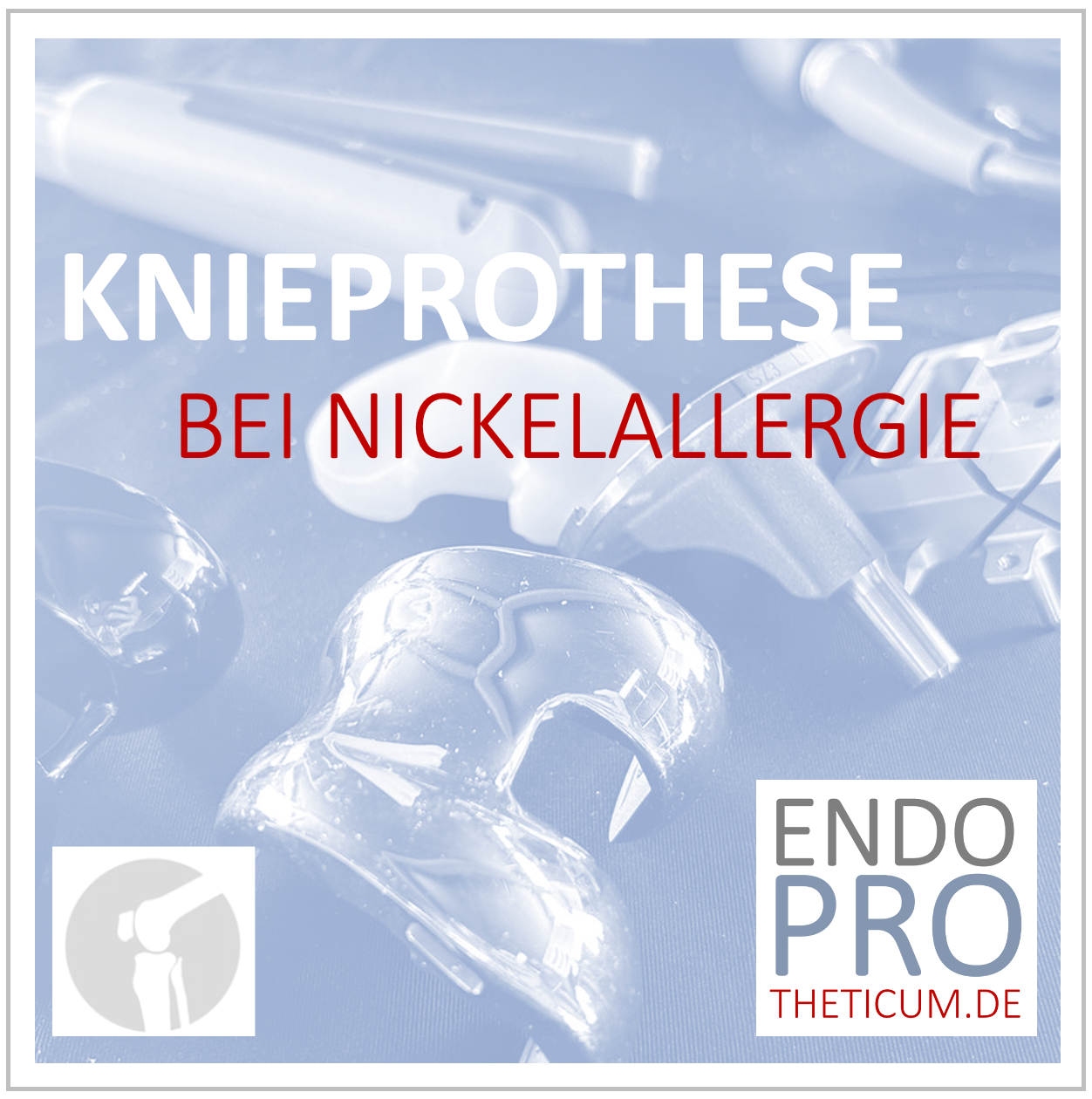Can I really only sleep on my back after a total hip replacement?
After THA (hip prosthesis) you can sleep on your side!

Total hip arthroplasty (THA) is a major surgical procedure that improves the lives of many people by relieving pain and restoring mobility. After surgery, many treating professionals still formulate some restrictions and precautions to ensure safe and effective healing. Even today, it is often recommended to only sleep on your back after the procedure. This is a concern for many people as most people are side sleepers. A common question many patients ask is: "Can I really only sleep on my back after a total hip replacement?" In this blog, we will explore the different aspects of sleeping after a total hip replacement and provide important information and tips to help you sleep safely and comfortably.
Why is sleeping important after hip replacement surgery?
After a total hip replacement, sleeping is not just a matter of comfort, but also an essential part of the healing process. During sleep, the body can rest and regenerate, which is crucial for healing surgical wounds and adapting the body to the new hip joint. However, an incorrect sleeping position can increase the risk of complications, including dislocation (dislocation) of the new hip joint.
The importance of the correct sleeping position after THA (hip prosthesis)
Choosing the right sleeping position after a THA (hip replacement) is crucial to ensuring a comfortable recovery. The fundamental risk of a dislocation of the joint, i.e. the hip prosthesis popping out, should always be taken into account. Historically, the following recommended sleeping positions have been considered safe:
- Sleeping on your back: This position is often recommended as the safest after a total hip replacement. It minimizes pressure on the new hip joint and reduces the risk of dislocation.
- Sleeping on the non-operated side: With a pillow between the legs, sleeping on the non-operated side can also be safe and provide comfort. The pillow prevents the operated leg from getting into a dangerous position.
- Avoiding prone sleeping: Sleeping on your stomach should be avoided as it can put the hip joint in an awkward position and increases the risk of complications.
The science behind sleeping after a total hip replacement
Risks of dislocation
Dislocation of the hip joint has long been one of the most common complications after THA. Dislocation is when the head of the prosthesis slips out of the hip socket. Certain movements and positions, especially in the first few weeks after surgery, can increase this risk.
Sleeping on your back: This position is often considered the safest because it keeps the hips in a neutral position and minimizes the risk of unwanted movements. Studies have shown that patients who sleep on their backs have a lower risk of dislocations.
Sleeping on your side: With the proper use of pillows, sleeping on your side can also be safe. A pillow between the legs ensures that the hips remain in a stable position and prevents excessive rotational movements.
Effects of the choice of minimally invasive approaches on the sleeping position after total hip replacement
Minimally invasive approaches (MIS) to hip arthroplasty offer numerous advantages that can improve the healing process and patient comfort after surgery. These techniques minimize damage to muscles and soft tissues and result in less postoperative pain and faster recovery. Minimally invasive approaches can also have a significant impact on the sleeping position after a total hip replacement.
What are minimally invasive approaches?
Minimally invasive approaches to hip arthroplasty involve smaller incisions and less tissue damage compared to traditional procedures. The best-known minimally invasive approaches include:
- Anterior approach (AMIS): The incision is made at the front of the hip.
- Anterolateral approach (ALMIS): The incision is made slightly to the side at the front of the hip.
These techniques aim to minimize muscle and soft tissue injury, resulting in less postoperative pain and faster recovery.
Advantages of minimally invasive approaches to the sleeping position
Less pain and faster healing process
- Less postoperative pain: Because minimally invasive approaches minimize muscle and tissue damage, patients often experience less postoperative pain. This can make sleeping in different positions more comfortable.
- Faster recovery: The less invasive nature of these procedures means patients recover faster, allowing them to return to their normal sleeping positions sooner.
Increased freedom of movement
- Increased hip joint stability: Minimal muscle trauma means a more stable hip after surgery. This can reduce the risk of dislocations and increase the safety of various sleeping positions.
- Earlier return to preferred sleeping positions: Patients may be able to return to sleeping in their preferred position sooner, whether on their side or back.
Effects of the choice of short-shaft prostheses on the sleeping position after total hip replacement
Short-stem prostheses are a modern alternative to traditional hip prostheses, which have become increasingly popular in recent years. These prostheses are characterized by a shorter shaft that is anchored in the femur, which removes less bone substance and protects the muscles. The choice of a short-stem prosthesis can have a significant impact on postoperative recovery and especially on sleeping position after THA.
What are short-stem prostheses?
Short-stem prostheses are specially designed hip prostheses with a shorter shaft that is implanted into the femur. These prostheses are often used in younger, more active patients or those for whom bone preservation is a priority. They offer several benefits including:
- Preservation of more bone: Less bone is removed during surgery, which may make future revisions easier.
- Protection of the muscles: The shorter shaft means that less muscle tissue is injured, which leads to faster recovery.
- Improved biomechanical properties: These prostheses can allow for more natural movement and reduce stress on surrounding tissues.
Advantages of short-shaft prostheses for the sleeping position
Less postoperative pain and faster healing process
- Reduced pain: Because short-stem prostheses are less invasive and cause less muscle trauma, patients often experience less postoperative pain. This can make sleeping in different positions more comfortable.
- Faster Recovery: The less invasive nature of these prostheses results in faster recovery, allowing patients to return to their preferred sleeping positions sooner.
Increased freedom of movement
- Increased hip joint stability: Reduced muscle trauma results in a more stable hip after surgery, reducing the risk of dislocations and increasing the safety of various sleeping positions.
- Earlier return to preferred sleeping positions: Patients may be able to return to sleeping in their preferred position sooner, whether on their side or back.
Specific effects of short-stem prostheses
Back sleeping
- Pain reduction: Patients with short-stem prostheses often report less pain, which makes sleeping on their back more comfortable.
- Stability: The increased stability due to less muscle trauma supports back sleeping as a safe position after surgery.
Side sleeping
- Early option: With short-shaft prostheses, patients can often sleep on their side (both the operated and the non-operated side) sooner, as the reduced pain and increased stability make this possible.
- Pillow for support: A pillow between the legs can help keep the operated leg in a stable position, making side sleeping safer and more comfortable.
Tips and tools for sleeping after a total hip replacement
Pillows and cushions
Using pillows and pads can help find a safe and comfortable sleeping position:
- Pillow between legs: If you choose to sleep on your side, place a firm pillow between your legs to keep the operated leg in a stable position.
- Side Sleeper Pillows: Specialized side sleeper pillows can help ensure proper hip alignment and provide additional comfort.
mattresses and beds
Choosing the right mattress and bed can also make a big difference:
- Mattress Firmness: A medium to firm mattress provides the best support for the hip joint and helps maintain proper alignment.
- Adjustable Beds: Adjustable beds allow the position of the body to be adjusted and can be particularly helpful in finding a comfortable sleeping position.
- Ergonomic Pillows: Pillows specifically designed to support the spine and hips can increase comfort and reduce the risk of complications.
Sleep habits and routines
In addition to the right sleeping position and the right tools, there are also some habits and routines that can help you sleep better:
- Sleep-Friendly Environment: Make sure your bedroom is dark, quiet and cool to promote restful sleep.
- Regular sleep schedule: Try to go to bed and get up at the same time every day to regulate your sleep-wake cycle.
- Relaxation techniques: Relaxation techniques such as meditation, breathing exercises or gentle stretching can help you calm down before bed and improve sleep.
Conclusion: Can I really only sleep on my back after a total hip replacement?
The answer to the question of whether you can only sleep on your back after a total hip replacement depends on various factors. Sleeping on your back is still considered the safest position, especially in the first few days after the operation, but in many cases you can also lie on your side (including on the operated side) right from the start. With the right support from pillows and cushions, almost all positions can be possible. Hip prostheses using minimally invasive technology and, for example, with short-shaft prostheses now have clear advantages in this regard and allow for significantly fewer restrictions. It is still crucial to follow your doctor's instructions and always seek professional advice if you are unsure.
Recommendations for patients
- Follow your doctor's instructions: Your doctor knows your individual situation best and can give you the best recommendations for a safe sleeping position.
- If necessary, use pillows for support: Pillows can help keep your hips in a secure position and increase sleep comfort.
- Choose the right mattress and bed: A firm mattress and ergonomic pillow can improve sleep comfort and reduce the risk of complications.
- Listen to your body: Everyone is different, and it's important to listen to your body's signals and make adjustments as needed. If necessary, try out all positions slowly and carefully during the day. If a sleeping position is achieved comfortably and without pain, it can be considered safe.
MAKE AN APPOINTMENT?
You are welcome to make an appointment either by phone or online .



























